
The Quantum Theory of Fields Volume I:Foundations
¥ 68 6.3折 ¥ 108 八五品
仅1件
作者StevenWeinberg 著
出版社世界图书出版公司
出版时间2004-11
版次1
装帧平装
货号69
上书时间2024-09-17
- 最新上架
商品详情
- 品相描述:八五品
图书标准信息
- 作者 StevenWeinberg 著
- 出版社 世界图书出版公司
- 出版时间 2004-11
- 版次 1
- ISBN 9787506266376
- 定价 108.00元
- 装帧 平装
- 开本 24开
- 纸张 胶版纸
- 页数 609页
- 【内容简介】
-
InTheQuantumTheoryofFieldsNobelLaureateStevenWeinbergcom-bineshisexceptionalphysicalinsightwithhisgiftforclearexpositiontoprovideaself-contained,comprehensive,andup-to-dateintroductiontoquantumfieldtheory.
VolumeIintroducesthefoundationsofquantumfieldtheory.Thedevelopmentisfreshandlogicalthroughout,witheachstepcarefullymotivatedbywhathasgonebefore,andemphasizingthereasonswhysuchatheoryshoulddescribenature.Afterabriefhistoricaloutline,thebookbeginsanewwiththeprinciplesaboutwhichwearemostcertain,relativityandquantummechanics,andthepropertiesofparticlesthatfollowfromtheseprinciples.Quantumfieldtheorythenemergesfromthisasanaturalconsequence.
此书为英文版! - 【作者简介】
-
Steven Weinberg – Autobiography
I was born in 1933 in New York City to Frederick and Eva Weinberg. My early inclination toward science received encouragement from my father, and by the time I was 15 or 16 my interests had focused on theoretical physics.
I received my undergraduate degree from Cornell in 1954, and then went for a year of graduate study to the Institute for Theoretical Physics in Copenhagen (now the Niels Bohr Institute). There, with the help of David Frisch and Gunnar Källén. I began to do research in physics. I then returned to the U.S. to complete my graduate studies at Princeton. My Ph.D thesis, with Sam Treiman as adviser, was on the application of renormalization theory to the effects of strong interactions in weak interaction processes.
After receiving my Ph.D. in 1957, I worked at Columbia and then from 1959 to 1966 at Berkeley. My research during this period was on a wide variety of topics - high energy behavior of Feynman graphs, second-class weak interaction currents, broken symmetries, scattering theory, muon physics, etc. - topics chosen in many cases because I was trying to teach myself some area of physics. My active interest in astrophysics dates from 1961-62; I wrote some papers on the cosmic population of neutrinos and then began to write a book, Gravitation and Cosmology, which was eventually completed in 1971. Late in 1965 I began my work on current algebra and the application to the strong interactions of the idea of spontaneous symmetry breaking.
From 1966 to 1969, on leave from Berkeley, I was Loeb Lecturer at Harvard and then visiting professor at M.I.T. In 1969 I accepted a professorship in the Physics Department at M.I.T., then chaired by Viki Weisskopf. It was while I was a visitor to M.I.T. in 1967 that my work on broken symmetries, current algebra, and renormalization theory turned in the direction of the unification of weak and electromagnetic interactions. In 1973, when Julian Schwinger left Harvard, I was offered and accepted his chair there as Higgins Professor of Physics, together with an appointment as Senior Scientist at the Smithsonian Astrophysical Observatory.
My work during the 1970's has been mainly concerned with the implications of the unified theory of weak and electromagnetic interactions, with the development of the related theory of strong interactions known as quantum chromodynamics, and with steps toward the unification of all interactions.
In 1982 I moved to the physics and astronomy departments of the University of Texas at Austin, as Josey Regental Professor of Science. I met my wife Louise when we were undergraduates at Cornell, and we were married in 1954. She is now a professor of law. Our daughter Elizabeth was born in Berkeley in 1963.
(From nobel.se) - 【目录】
-
PREFACE
NOTATION
1HISTORICALINTRODUCTION
1.1RelativisticWaveMechanics
1.2TheBirthofQuantumFiedldTheory
1.3TheProblemofInfinities
Bibliography
References
2RELATIVISTICQUANTUMMECHANICS
2.1QuantumMechanics
2.2Symmetries
2.3QuantumLorentzTransformations
2.4ThePoincareAlgebra
2.5One-ParticleStates
2.6SpaceInversionandTime-Reversal
2.7ProjectiveRepresentations
AppendixATheSymmetryRepresentationTheorem
AppendixBGroupOperatorsandHomotopyClasses
AppendixCInversionsandDegenerateMultiplets
Problems
References
3SCATTERINGTHEORY
3.1InandOutStates
3.2TheS-matrix
3.3SymmetriesoftheS-Matrix
3.4RatesandCross-Sections
3.5PerturbationTheory
3.6ImplicationsofUnitarity
3.7Partial_WaveExpansions
3.8Resonances
Problems
References
4THECLUSTERDECOMPOSITONPRINCIPLE
4.1BosonsandFermions
4.2CreationandAnnihilationOperators
4.3ClusterDecompositionandConnectedAmplitudes
4.4StructureoftheInteraction
5QUANTUMFIELDSANDANTIPARTICLES
5.1FreeFields
5.2CausalScalarFields
5.3CausalVectorFields
5.4TheDiracFormalism
5.5CausalDiracFields
5.6GeneralIrreducibleRepresentationsoftheHomogeneousLorentzGroup
5.7GeneralCausalFields
……
6THEFEYNMANRULES
7THECANONICALFORMALISM
8ELECTRODYNAMICS
9PATH-INTEGRALMETHODS
10NON-PERTURBATIVEMETHODS
11ONE-LOOPRADIATIVECORRECTIONSINQUANTUMELECTRODYNAMICS
12GENERALRENORMALIZATIONTHEORY
13INFRAREDEFFECTS
14BOUNDSTATESINEXTERNALFIELDS
OUTLINEOFVOLUMEⅡ
相关推荐
-

The quantum leap
九五品广州
¥ 300.00
-
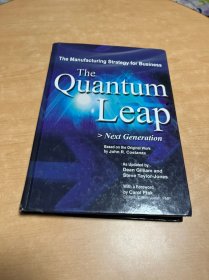
The Quantum Leap
九品阜阳
¥ 220.00
-

The Quantum Universe
八品淄博
¥ 25.00
-
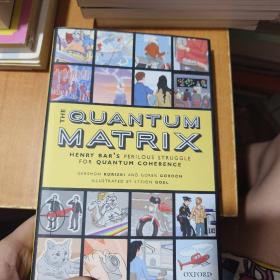
the quantum matrix
八五品北京
¥ 288.00
-
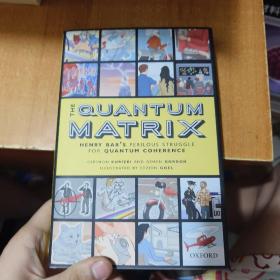
the quantum matrix
八五品北京
¥ 288.00
-

The Quantum Universe
八五品北京
¥ 168.00
-
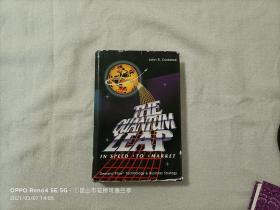
THE QUANTUM LEAP
九品苏州
¥ 38.00
-
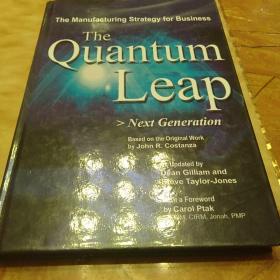
The Quantum Leap
九品济南
¥ 40.00
-

The Quantum Brain
八五品北京
¥ 110.00
-

The Quantum Spy
九五品运城
¥ 300.00
— 没有更多了 —







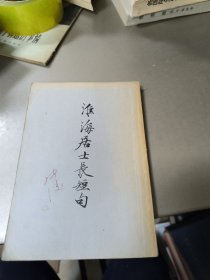




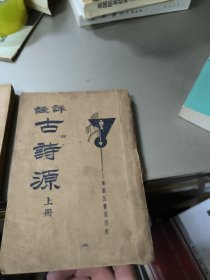




以下为对购买帮助不大的评价